Over the course of the last year, I've reviewed a few phones from the Lenovo-owned Motorola. As has always been the case, the Moto G6 offered more value for your dollar then competitors, and the Moto X4 offered a more affordable option for Project Fi than what was then available. But it was the Moto Z2 Force, almost a full year ago, that turned me on to Mods, the hallmark feature of the Moto Z family.
I was not a fan. Building a collection of Mods can get expensive, and you're buying into the Motorola ecosystem, assuming that the firm will continue to make these things compatible with future devices. They also make the device a bit more bulky, and I couldn't see myself using them frequently.
The reason for this story is because with the Moto Z3 Play, I'm sold on the idea of Mods. And Mods aren't all that the Moto Z3 Play offers. It has some new camera features like Cinemagraph and portrait mode in the front camera. It also has an 18:9 AMOLED display, and a pretty solid Snapdragon 636 chipset, all for $499.
Specs
| CPU | Octa-core Snapdragon 636, 1.8GHz Kryo 260 |
|---|---|
| GPU | Adreno 509 |
| Display | 6.01-inch, 1080x2160, 402ppi, Super AMOLED |
| Body | 156.5 x 76.5 x 6.8mm (6.16 x 3.01 x 0.27in), 156g (5.5oz) |
| Camera | 12MP + 5MP, Front - 8MP |
| Video | 4K - 30fps, 1080p - 60fps, Front - 1080p - 30fps |
| Aperture | f/1.7, Front - f/2.0 |
| Camera features | Dual-pixel PDAF, dual-LED dual-tone flash |
| Storage | 64GB |
| RAM | 4GB |
| Battery | 3,000mAh |
| Price | $499 |
Day one
Design
As far as the shape and size of the device goes, the Moto Z3 Play is very similar to its predecessors. The reason for that is to maintain compatibility with the 14 Moto Mods that have been released. After all, Motorola wants you to buy into the ecosystem. If you own a half-dozen Mods, you're probably going to want to use them when you buy your next phone, so you buy the new Moto Z.

One thing that's drastically different is that the phone is made out of glass instead of metal this time around. It definitely looks sexy in its Deep Indigo color, but let's face facts: glass breaks easier than metal. The problem is that Motorola isn't offering a clear benefit to this, like wireless charging. It's just using glass to make it prettier.
The Moto Z3 Play is extremely thin and light, at 6.8mm and 156g. There are good and bad things about this though, as for one thing, that means there isn't a 3.5mm headphone jack. You'll need a Mod for that (or a USB Type-C to 3.5mm adapter, which does come with the phone), and in fact, the device is clearly designed with Mods in mind. Without a Mod, it almost feels like half a phone, something I also noted about the Moto Z2 Force last year. That means that most of the time, you'll be covering up that beautiful Deep Indigo glass back anyway.

The device charges with a USB Type-C port that's on the bottom of the device. Fortunately, with the battery Mod that comes in the box, you won't need to charge it that much, and if you do, it charges fast with Motorola's TurboPower.

The left side of the device is where you'll find the power button, and the nano-SIM tray is on top. On the right side, there's a volume rocker and below that, a fingerprint sensor.

The fingerprint sensor placement is a departure for Motorola. Previous devices have had it on the front underneath the display, which was great for the company's one-button navigation. Now, the display is enlarged while maintaining the same body, so that sensor had to be moved.
Display
The Moto Z3 Play features a 6.01-inch Super AMOLED display with a 1080x2160 resolution. The pixel density is 402ppi, which should be fine for anyone to not experience any sort of pixelation.
This is the first handset from the Moto Z lineup to include an 18:9 display; previously, they've been 16:9. A six-inch screen doesn't mean what it used to. If it was 16:9 at six inches, this would be a much wider and larger device, and the screen would have a larger surface area. With the new aspect ratio, you'll be hearing larger numbers, but remember, this phone is in the same size body as its 5.5-inch predecessor.
The screen is Super AMOLED, and that pretty much means that it looks beautiful. You'll be pleased when you look at it.

OLED stands for organic light-emitting diodes, and this is an active matrix OLED, or AMOLED. Passive matrix is something that's more common in smartwatches and things with smaller screens. The difference between OLED and LCD (liquid crystal display), is that an LCD is entirely backlit. That's why when your TV is showing you all black, you can still tell that it's on.
On an OLED screen, the pixels showing black are actually turned off, so you get true black. The colors also tend to look more vibrant because of this, as a backlight can make them look somewhat washed out.
In general, an OLED display is going to look more pleasing on the eye than an LCD, but there are great LCDs and poor OLEDs. This is Super AMOLED though, so you can bet that it's a good one.
Moto Mods
You'll notice that on the back of the phone, there are 16 pins, which are for connecting Moto Mods. When I reviewed the Moto Z2 Force last year, I wasn't sold on this, although since then, Motorola has sent me a variety of Mods, and I'm sold on the idea.

The one I used last year was a 360-degree camera. Personally, this isn't something that I'd walk around with on my phone, especially when the camera popping out of the top.

But there are a number of others. The Moto Z3 Play itself comes with a battery Mod, and this is the first time I found myself regular carrying the device with a Mod attached. A few weeks ago, I flew from New York to Milan, overnight, and the battery was still at 100% when I got to my hotel. You can probably get about two days of real-world battery life with it attached. I'm the type of guy to charge my phone every night, but that piece of mind seeing the phone at 100% all day is priceless.

I don't think I could see myself carrying around separate Mods with me for sporadic use (that's why I wouldn't use the 360-degree camera), but they come in handy at home. For example, there's another that adds a gaming controller to the sides of the device. Motorola even has the Moto Game Explorer app to show you which games are compatible.

But for general use at home, I like to use the Alexa Mod. I wouldn't take this on the go, unfortunately, at it blocks the camera. Still, it turns the phone into a mini-Echo. I'll even use it for playing music instead of the speaker Mod, as it stands the phone up nicely while in use.

Most Moto Mods work right out of the box with plug-and-play functionality. Just snap one onto the Moto Z3 Play, and it works. Some, like the Alexa Mod, will require you to install an app and sign into it.
And the best part is that so far, all new devices are backward compatible with older Mods. If you're upgrading from the original Moto Z and you have a collection of Mods, you can still use them. To me, this is the main value proposition of the Moto Z lineup. If you're definitely never going to snap one of these things onto your phone, this device might not be for you.
Camera
Motorola added two key new features to its camera with the Z3 Play: portrait mode in the front camera, and Cinemagraph. Personally, I love the fun features that Motorola includes in its camera software, as it reminds me of the old Lumia Windows phones.

And you might recall that Nokia had a feature called Lumia Cinemagraph, and this is the exact same thing in concept and functionality. You're taking a mini video, and choosing a select portion of it to keep motion. In practice, it's a bit harder to get right.
As you can see, you'll want to keep a steady hand. Once you record the image, you select the area where you want to keep motion, and the rest is still. Then, you can export it as an animated GIF.
Other fun features include Spot Color, which allows you to keep one color and leave the rest of the image as monochrome while taking the picture.
And then there's portrait mode, which lets you adjust with Selective Focus later. You can choose to focus on a separate part of the image, or with Selective Black and White, you can choose colors to pick and leave the rest as monochrome. The big difference between that and Spot Color is that Spot Color is only when taking the image, and you can only pick one color to keep. Selective Black and White gives you more options, but can only be done with an image that's shot in portrait mode with the rear camera.
Unfortunately, there's no way to achieve that effect with just a regular image that you've already taken. That's one thing that the old Lumia Color Pops still have on Motorola.
It's also worth noting that the depth editor - where you'll find Selective Focus and Selective Black and White - is only available for images taken with the rear camera. Portrait mode is now available with the front camera, but since it's done with a single lens, you don't get the same editing options.
 |
||
The most notable thing I want to point out about these photos is that the Moto Z3 Play does struggle a bit in low light. I included the pictures of my food on a plane to demonstrate just how hard it is to focus with this device on a close object when there isn't proper lighting.
On something of a side note, this device, like a number of others, uploads images taken in a portrait orientation, in landscape mode. You'll want to be aware of this when using the device, as you may have to rotate the image in a photo editor.
You'll also notice that I tested Spot Color quite a bit, and that's mainly because I struggled to get the color right. You'll see plenty of images where I tried to use red, yet the Camera app still kept the subject's skin color. You can adjust how much color is included with a slider in the app, but it just seemed impossible to get it right in these real-world situations.
Other than that though, the camera is pretty good. For most users, you'll be pleased with it.
Moto app
Ever since the original Moto X, Motorola has provided some valuable features for its phones. The experience is still nearly stock Android, so these other features come through the Moto app.

One that you'll definitely want to use is Moto Display. On by default, this is a sometimes-on ambient display that will show you the time, your battery life, and notification badges. You can even hold and drag a notification icon to launch it. One thing that's been added in recent devices is that Moto Display comes on when you raise the device, rather than just turning on and off randomly.

Also, Moto Voice is back, albeit in beta form. This was one of the greatest features of the original Moto X. I used to love saying "OK, Moto X, goodnight", and it would put itself on do not disturb until I said, "Good morning". The feature eventually became a shell of its former self, in the face of pre-installed voice assistants like Google Assistant.
Unfortunately, the new feature doesn't have that one voice feature that I really liked, but it's still in beta, so I'm hoping for it.

This is also where you'll find one-button navigation settings, which hasn't went away despite the different location of the fingerprint sensor. It now places a bar on the display, similar to what you'll see on an iPhone X.
This feature isn't for me, just because I switch between devices so often that it's hard to get that muscle memory down. Otherwise, it's pretty good. It's also off by default, so you don't have to try it if you don't want to.
Performance
The Moto Z3 Play uses Qualcomm's Snapdragon 636, an octa-core CPU that includes all Kryo 260 cores. This should be fine to meet the needs of most users. It's not a 'gaming phone', and if you need premium performance, get something with a Snapdragon 845, which will likely be included in the upcoming Moto Z3 Force.
Qualcomm even recently introduced a new tier of chipsets, the Snapdragon 700 series, because frankly, the 800 series offers more power than most people need in their phones. The point is that you won't experience any performance issues, unless you plan to push this thing hard.
For benchmarks, I used Geekbench 4, AnTuTu, and GFXBench. First up is Geekbench 4, which tests the CPU.

As you can see, the CPU pretty much performs on par with flagship devices from a couple of years ago, which is fine. Next up is AnTuTu, which tests a bit of everything.

The AnTuTu result isn't surprising, but it might be a little misleading. I recently reviewed the BlackBerry KEY2, which includes a Snapdragon 660, a chip that also has eight Kryo 260 cores, but four are clocked at 2.2GHz and it has a slightly better GPU. That scored 132,711 and defeated 64% of users, so that area between 28% and 64% is pretty narrow.
Finally, GFXBench tests the Adreno 509 GPU.

As I said earlier, this isn't a gaming phone. It's great for everyday use, but if you're doing serious mobile gaming, wait for the Moto Z3 Force.
Conclusion
The Moto Z3 Play is a great general purpose smartphone, and it's a great upgrade from the original Moto Z lineup. It's also worthwhile if you know you want to invest in the Motorola ecosystem.

And I know plenty of people for whom this applies. Whenever someone asks me which phone they should buy in the price range of around $200, I recommend the latest Moto G. These people always love their devices, and want to use Motorola forever, at least in my experience.
If you're looking for that really premium performance, you're going to want to wait for the Moto Z3 Force, which Motorola will likely announce later this summer. If you really want the best camera, you'll probably want to look at something from Huawei or Samsung.
But as far as an all-around great smartphone for $499 goes, the Moto Z3 Play is a pretty good pick.

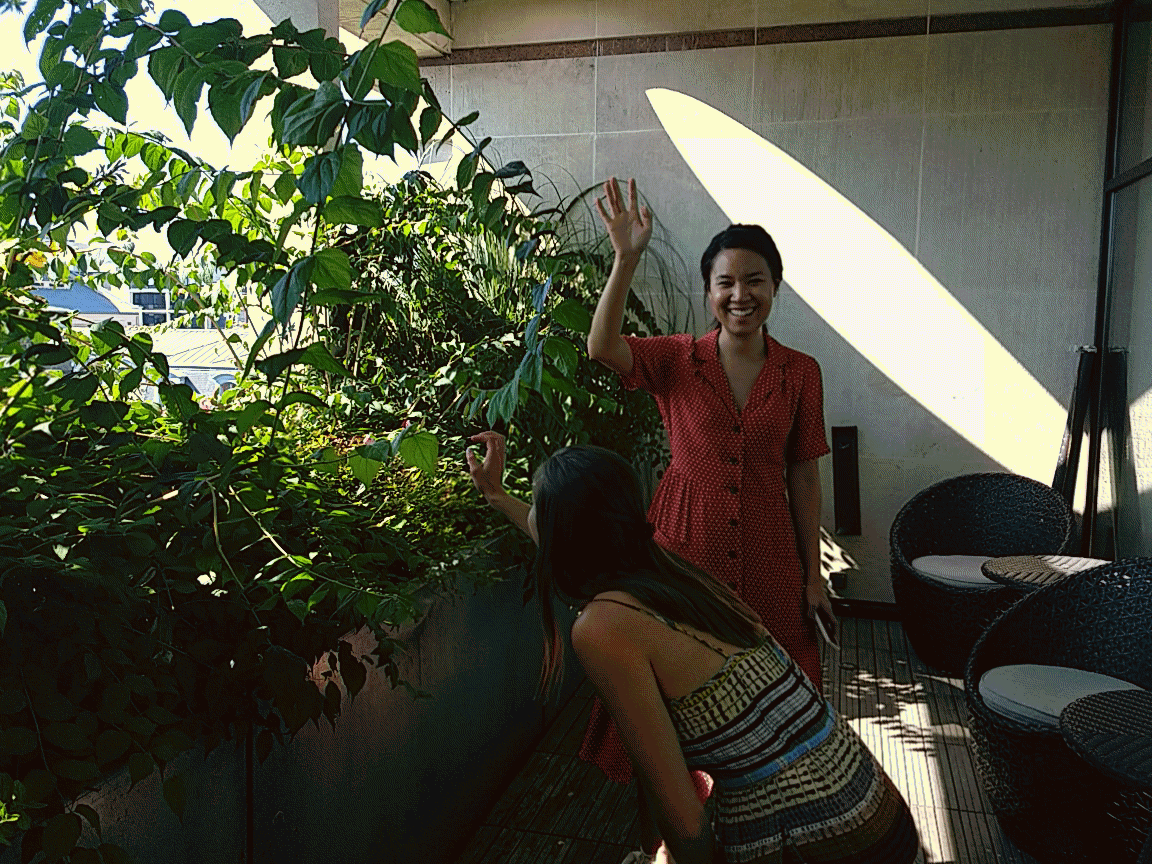











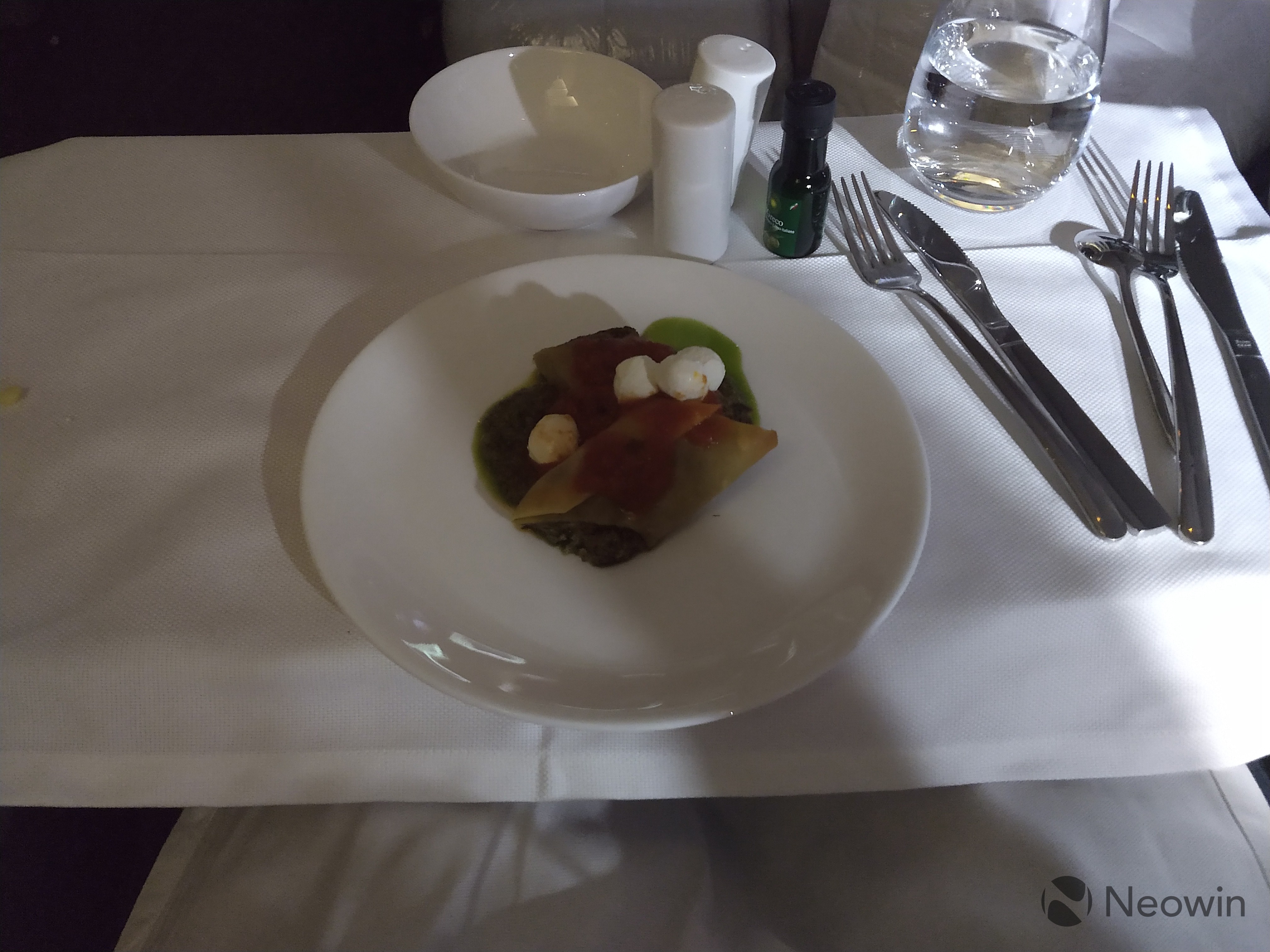











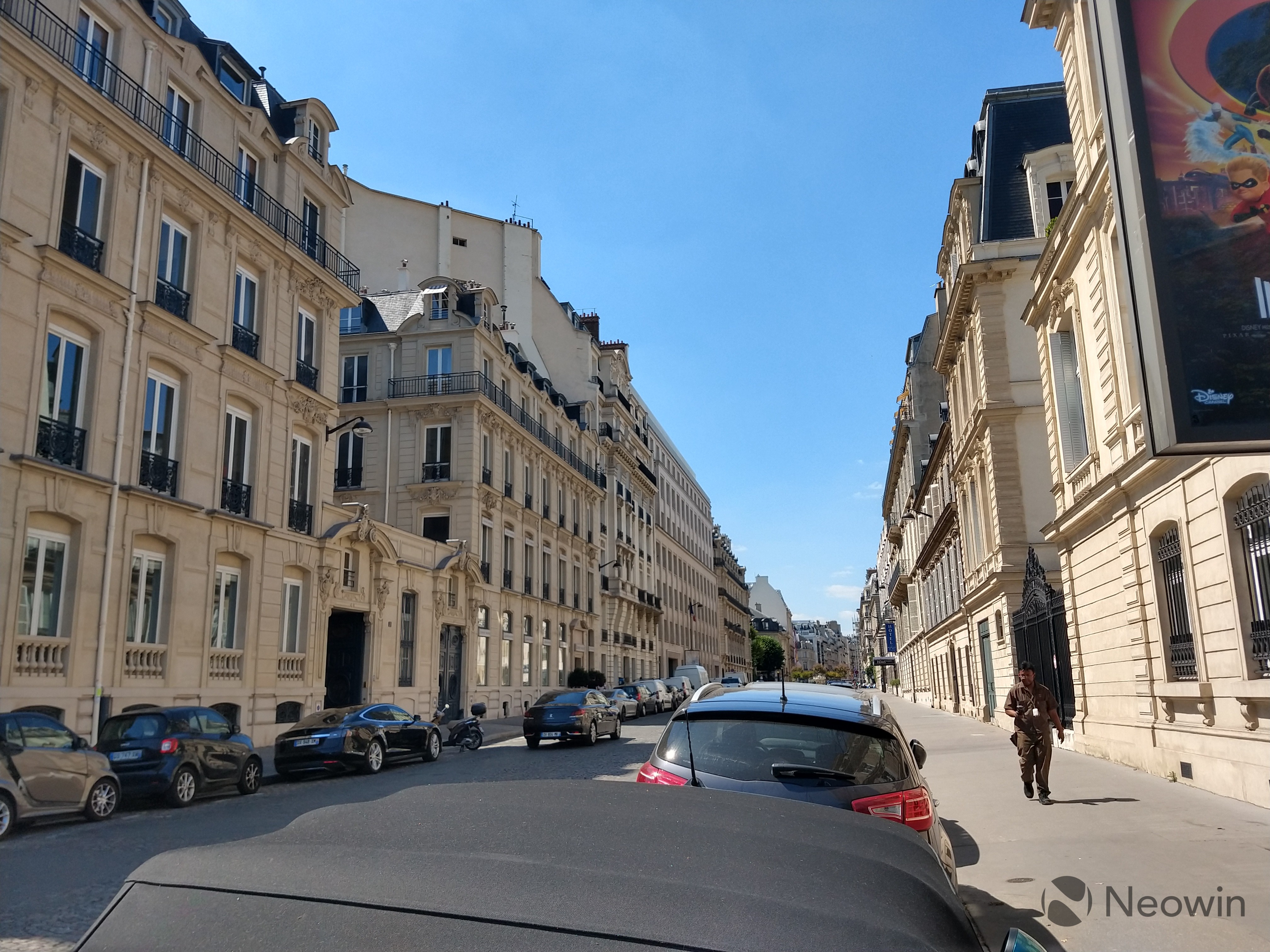





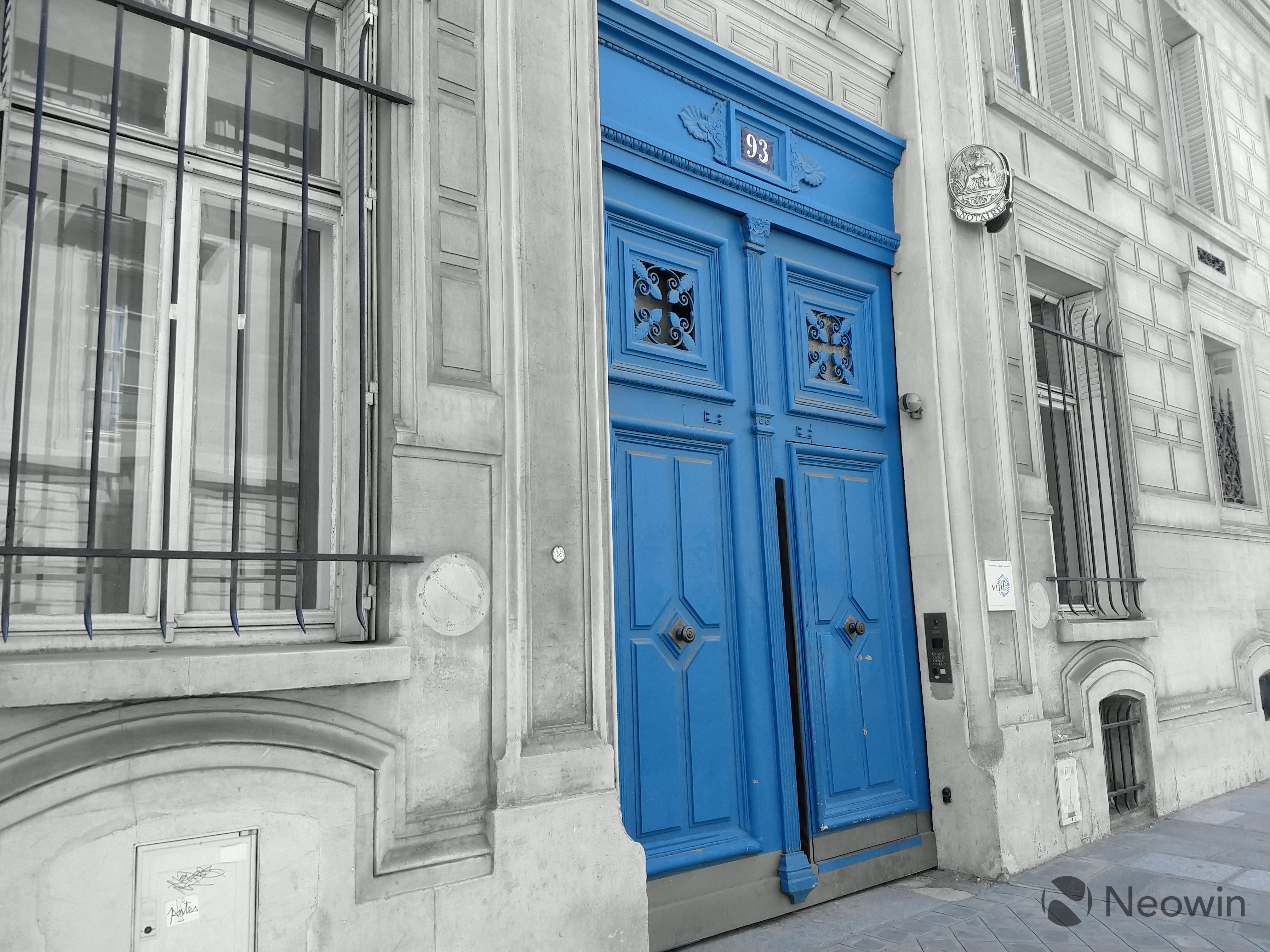

















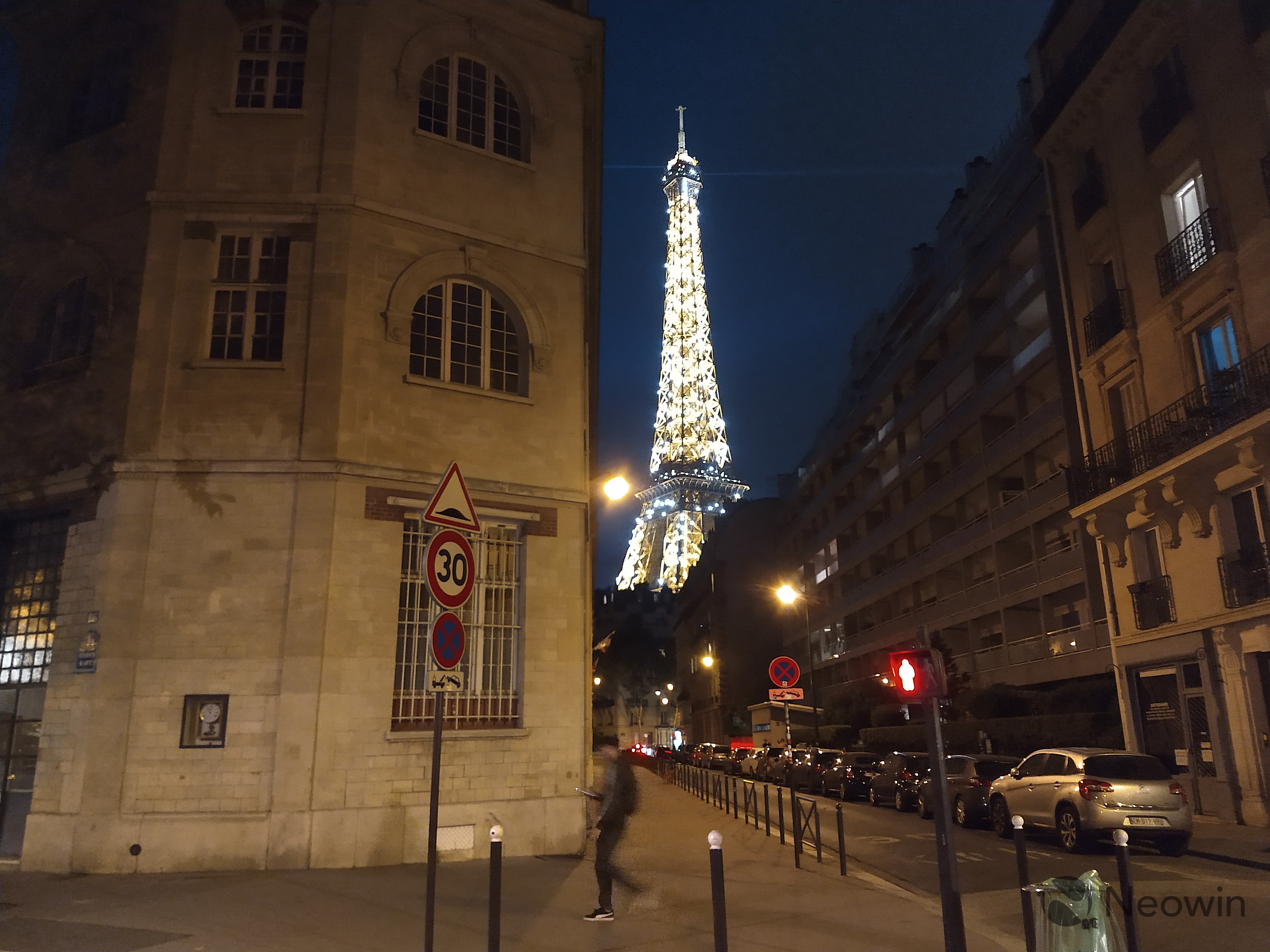


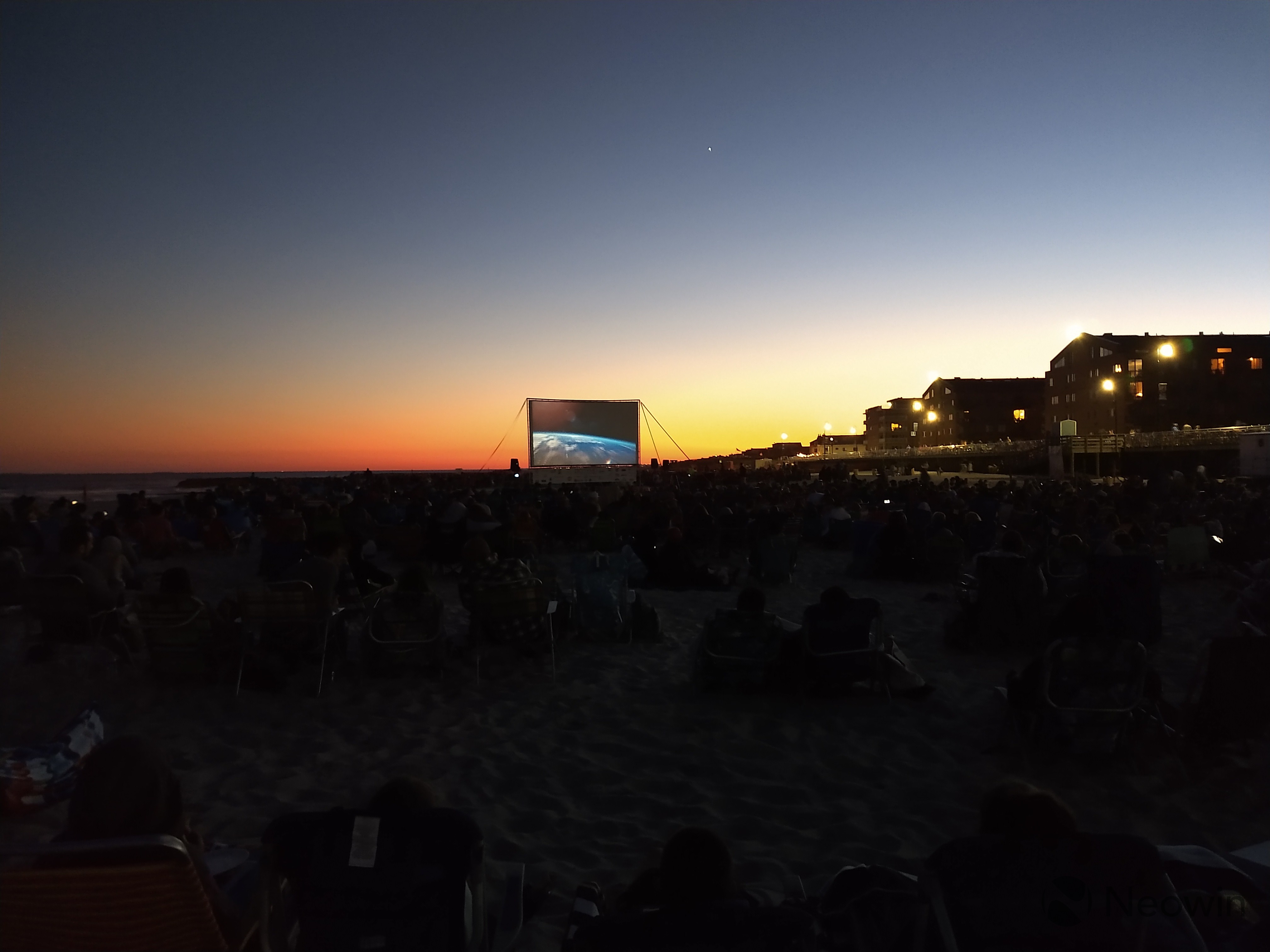



































_small.jpg)






2 Comments - Add comment